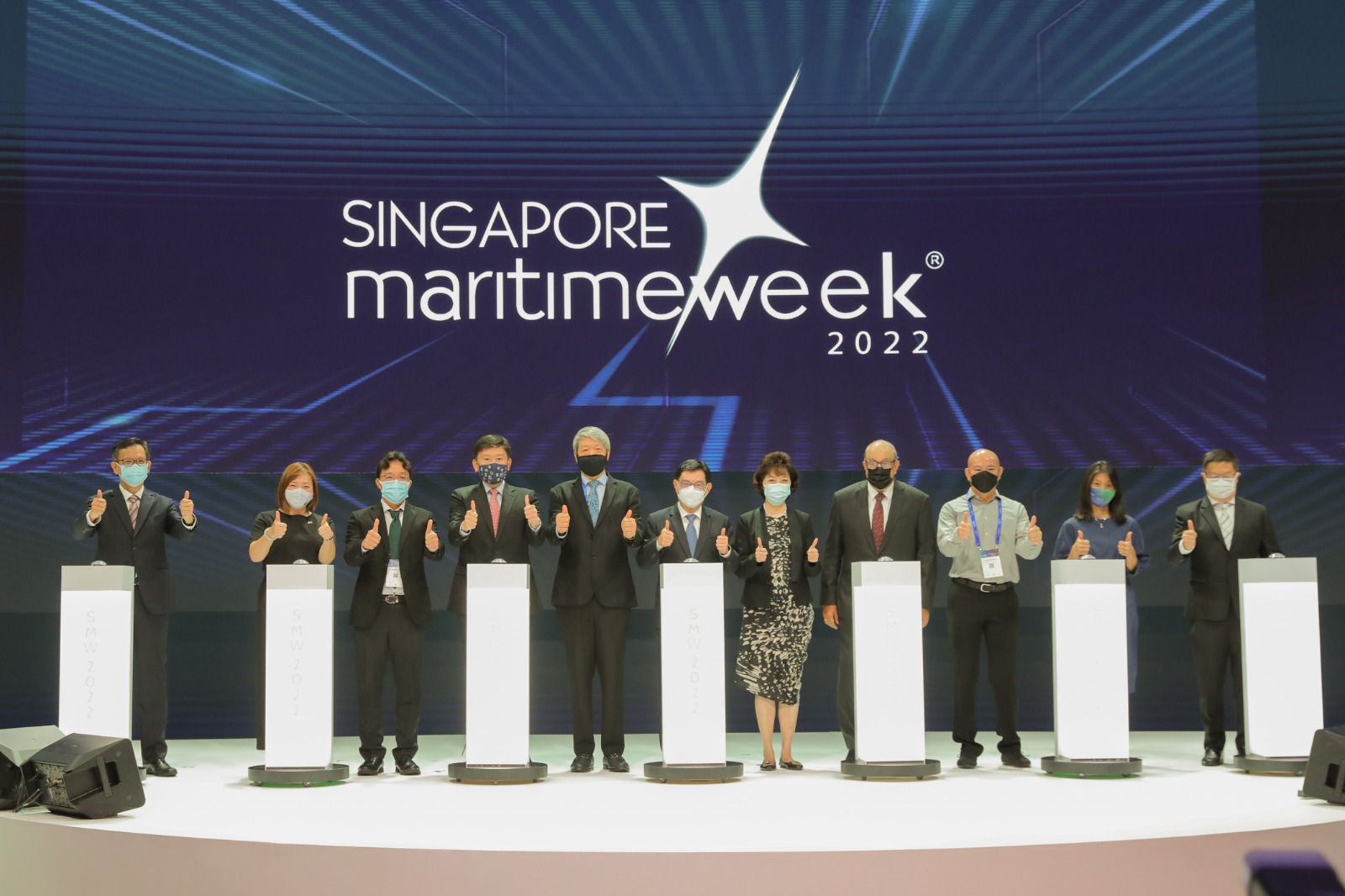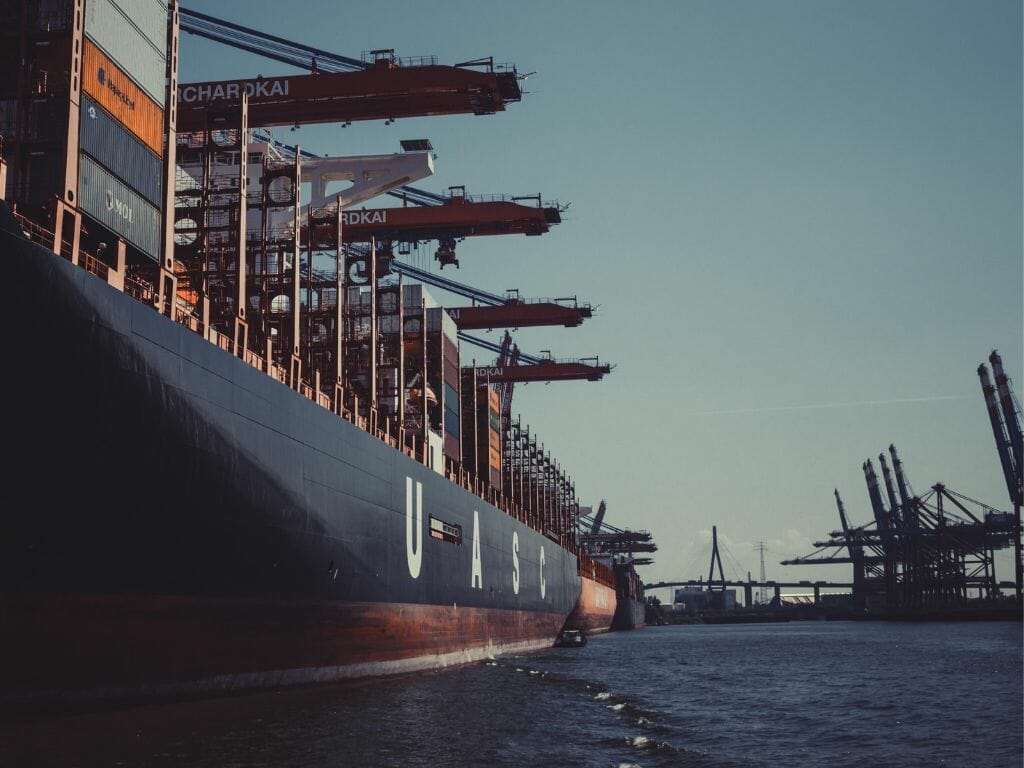10 Facts That Unearth Singapore’s Rich Maritime Heritage

No Time to Read? Here’s a Snappy Summary of This Article
- Melting Pot of Cultures: Singapore’s maritime history reflects its diverse blend of global influences and trade connections.
- Ancient Shipwrecks: Sunken vessels dating back to the 9th century reveal Singapore’s importance as a historical maritime hub.
- Spice Trade Epicenter: The island played a pivotal role in the spice trade, connecting Europe and Asia through maritime routes.
- Naval Battles: Singapore witnessed significant naval battles during World War II, leaving a mark on its maritime history.
- Modern Shipping Hub: Today, Singapore boasts one of the world’s busiest ports, crucial for global trade and commerce.
- Nautical Museums: Explore maritime heritage through captivating museums like the Maritime Experiential Museum and Maritime Gallery.
Table of Contents
- No Time to Read? Here’s a Snappy Summary of This Article
- 1. Ancient Maritime Roots
- 2. Influence of Colonial Powers
- 3. Multicultural Maritime Community
- 4. World War II Impact
- 5. Birth of the Modern Port
- 6. Maritime Legal Framework
- 7. Economic Powerhouse
- 8. Environmental Sustainability
- 9. Maritime Education and Research
- 10. Maritime Festivals and Cultural Celebrations
- Meanwhile, Check Out Tropika Club’s Ecosystem of Websites
Introduction
Singapore, a modern cosmopolitan city-state, is often lauded for its technological advancements and luxurious lifestyle. However, what truly sets Singapore apart is its intricate history that has been profoundly influenced by its maritime heritage. From being a humble fishing village to emerging as one of the world’s most important shipping hubs, the role of maritime activities in shaping Singapore’s history cannot be understated. In this exclusive feature, Tropika Club Magazine brings you 10 captivating facts that delve into Singapore’s rich maritime past.

1. Ancient Maritime Roots
Long before modern Singapore became a bustling metropolis, it was known as Temasek—an important trading post in the ancient maritime routes. Historical records indicate that Temasek was a bustling port that attracted traders from China, India, and Southeast Asia. The remnants of this ancient maritime heritage can still be seen in the architecture, oral traditions, and even in the maritime museums in Singapore today.

2. Influence of Colonial Powers
Singapore’s maritime history took a decisive turn with the arrival of colonial powers. The British East India Company recognized the strategic importance of Singapore’s location for trade and naval logistics. Under Sir Stamford Raffles, modern Singapore was founded in 1819, and its port facilities were rapidly expanded, setting the course for it to become a global maritime hub.

3. Multicultural Maritime Community
The port of Singapore has been a melting pot of cultures since its early days. Chinese junks, Indian dhows, and European merchant vessels were common sights, making the port a fascinating blend of diverse maritime traditions. Today, Singapore continues to be a place where East meets West, and this multicultural maritime legacy has strongly influenced its social fabric and cuisine.

4. World War II Impact
During World War II, Singapore’s maritime facilities played a significant role, both strategically and logistically. The island was an important naval base for the British Empire, and its fall in 1942 disrupted maritime activities significantly. Post-war, the port had to be reconstructed, and this period marked an era of technological advancements that would redefine Singapore’s maritime industry.

5. Birth of the Modern Port
Singapore’s post-independence era saw the birth of its modern port. Massive investments were made to modernize the port facilities, and in 1969, containerization was introduced. These measures elevated Singapore to the status of one of the world’s busiest and most efficient ports, making it an indispensable player in global trade.

6. Maritime Legal Framework
Singapore has developed a robust legal and governance framework for maritime activities. The Maritime and Port Authority of Singapore (MPA) was established to regulate and facilitate the diverse needs of the maritime community. This has further enhanced Singapore’s reputation as a reliable and world-class maritime hub.
_
Read Also:
Top 10 Best Conditioners in Singapore
_
7. Economic Powerhouse
The maritime industry is one of the key pillars of Singapore’s economy, contributing significantly to its GDP. It also provides a large number of jobs and has been crucial in attracting foreign investment. The industry’s economic vitality showcases how Singapore’s maritime heritage has evolved into a modern economic powerhouse.

8. Environmental Sustainability
With rising global awareness about environmental sustainability, Singapore has been adopting green maritime policies. Programs to reduce the carbon footprint of maritime activities, and incentives for ships that adopt energy-efficient measures, are steps toward sustainable maritime development.

9. Maritime Education and Research
To support its booming maritime industry, Singapore has heavily invested in maritime education and research. Institutions such as the Singapore Maritime Academy offer specialized courses to train the next generation of maritime professionals, ensuring that Singapore remains at the forefront of maritime technology and innovation.

10. Maritime Festivals and Cultural Celebrations
The maritime heritage of Singapore is not just confined to its port and shipping activities; it’s also celebrated through various cultural festivals and events. The Singapore Maritime Week, for example, features exhibitions, forums, and public activities that highlight both the historical and modern aspects of Singapore’s maritime culture. This annual event is a testimony to the vibrant maritime heritage that still holds a special place in the hearts of Singaporeans.
Conclusion
In conclusion, Singapore’s maritime heritage is a compelling narrative that spans centuries, connecting the dots between its ancient seafaring roots and its current status as a global maritime hub. As you traverse the modern streets of Singapore, remember that beneath the towering skyscrapers and busy highways lies a rich maritime history that has steered the nation’s course to where it is today.

Frequently Asked Questions (FAQ)
Q: What are some must-visit maritime museums in Singapore?
A. Explore Singapore’s maritime history at the Maritime Experiential Museum and Maritime Gallery, both offering immersive experiences.
Q: Can you recommend a good way to learn more about Singapore’s naval history?
A. Consider taking a guided heritage tour to delve deeper into Singapore’s naval past and maritime heritage.
Q: How can I experience Singapore’s maritime heritage firsthand?
A. Visit Sentosa Island to see the historic Fort Siloso and its coastal artillery guns, showcasing Singapore’s defense history.
Q: Are there any preserved shipwrecks accessible for diving enthusiasts?
A. Yes, Singapore offers opportunities for diving enthusiasts to explore underwater shipwrecks, such as the Hantu Blog Wreck.
Q: What’s the significance of Singapore’s role in the spice trade?
A. Singapore was a crucial spice trade hub, linking Asia and Europe, with its maritime routes shaping its rich history.
Q: How has Singapore’s maritime industry evolved in recent years?
A. Singapore continues to thrive as a global shipping hub, boasting one of the world’s busiest ports, supporting international trade.

Have an Article to Suggest?
Tropika Club is always looking for new and exciting content to feature in their magazine and they value the input of our readers. If you have any noteworthy content or articles that you believe would be a great addition to Tropika Club’s magazine, we are open to suggestions and encourage you to reach out to us via email at [email protected]. By doing so, Tropika Club values your expertise and knowledge in the matter and appreciates your willingness to help. We will review your recommendations and update our list accordingly
Meanwhile, Check Out Tropika Club’s Ecosystem of Websites

Tropika Club Magazine – Tropika Club Magazine is a Singapore-based publication that features articles on a wide range of topics with a focus on local businesses and content for the region. The magazine emphasizes supporting local businesses through its #SupportLocal initiative, which includes coverage of everything from neighborhood hawker stalls to aesthetic clinics in town. In addition to highlighting local businesses, Tropika Club Magazine also covers a variety of local content, including beauty, lifestyle, places, eats, and what’s on in Singapore and the Asia Pacific region.
Tropika Club Deals – Tropika Club Deals is a leading online deals and voucher shopping site in Singapore, offering amazing discounts on beauty, wellness, and fitness products and services. It’s the perfect platform for customers who want to discover the best deals without having to commit to a specific appointment date and time. These deals are available at major beauty stores, facial salons, hair salons, and other brands in Singapore, with no minimum spend required. Choose from guaranteed discounted deals in the categories of hairstyling, hair removal, facial & aesthetics, body slimming, brows & lashes, nails & makeup, massage & spa or fitness & wellness. Tropika Club Deals is also ideal for customers who want to buy vouchers as gifts or to use for the future. So whether you’re looking to save money on your next haircut or want to treat yourself to a relaxing massage, Tropika Club Deals has got you covered with the best voucher and coupon deals in Singapore!




